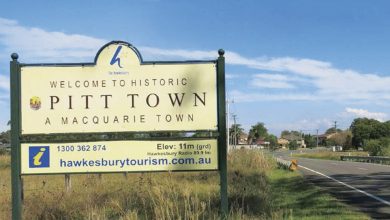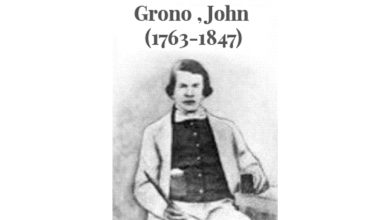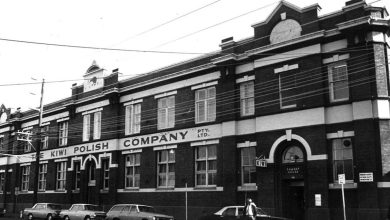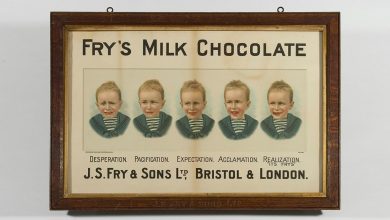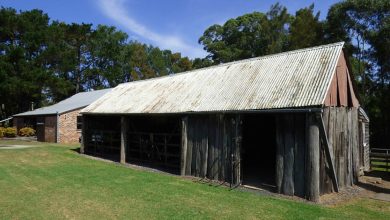Colonial Governors Sir George Gipps (1838-46) and Sir Charles Augustus Fitz Roy (1846-55 developed the Cockatoo Island, the largest in Sydney Harbour, into a valuable boat building and repair centre.
Convicts from Norfolk Island were removed from that settlement in 1840 to begin building on Cockatoo Island. High quality sandstone building blocks were quarried from the northern side of the island. Gunpowder charges were used to bring down portions of the cliff. The explosions were eagerly watched by spectators on the Balmain peninsular many of whom expected the island to disappear beneath the waters of Port Jackson.
Two docks were created on the eastern side of the island and shipbuilding slipways on the western side during the nineteenth and early twentieth century. The first modern warship was built in 1912 from steel sent from Britain.
World War II created the need for a large workforce which ultimately serviced over a thousand ships. Cockatoo Island became the Commonwealth Naval Dockyard where Navy destroyers, Voyager and Vampire, were built and the T-Class and O-Class submarines were refitted. In 1979, the contract to build HMAS Success was signed and although it was the largest naval vessel built in Australia it was destined to be the last one built on the island. The Commonwealth Government decided to close the dockyard in 1992 with much of the machinery sold and buildings and wharves demolished. The Sydney Harbour Federation Trust now administers the island.
Discover the many treasures of the Hills in the Award-winning, all-Australian book “In Search of the Pennant Hills” by Trevor Patrick, James Symes & Andrew Tink now available at Pennant Hills Pharmacy; Children’s Bookshop, Beecroft; Old Church Bookshop, Carlingford; Kenthurst Little Bottler & Sub- Newsagency, Nelson Street; Ferry Artists Gallery, Wisemans Ferry or write P.O. Box 176 Kenthurst 2156. Inquiries telephone (02) 9654-2224. Visit web site www.hillstory.com.au for more Australian History subjects.


